- Posts: 2
- Thank you received: 2
Public Education Forum a NAFO Initiative
From Agitprop to Information Warfare: The Evolution of Soviet and Russian Propaganda Techniques
- Ivan
-

- Offline
- User
-

Great Article!
Reply to Ivan
- Volodymyr Zhyliaev
-

- Offline
- User
-

- Twitter Account:
- Posts: 2
- Thank you received: 1
Reply to Volodymyr Zhyliaev
- Anitnelav
- Topic Author
- Offline
- User
-

- Posts: 1
- Thank you received: 0
The USSR was...
"Agitprop," term that combines “agitation” and “propaganda,” is more than a linguistic blend—it is a concept that has shaped the socio-political landscape of the 20th century and beyond. Originating within the Soviet Union's Department for Agitation and Propaganda, “agitprop” became the cornerstone of the Communist Party's efforts to disseminate its doctrines and solidify its hold over the public psyche.
We will look at how the art of influence has changed over time, from the printing presses of early Soviet propaganda to the complex algorithms of modern Russian information warfare. This will help us understand how the art of influence has shaped not only a nation's past but also the present and possible future of the whole world.
Short history of USSR propaganda tactics
The USSR was known for its extensive use of propaganda as a tool to control public opinion and reinforce the Communist Party's power. To understand how propaganda works, it is necessary to address some of how the USSR employed propaganda—to see how many tactics have actually changed.
Media Control
“Communications in socialist Europe have long been associated first and foremost with propaganda” (Roth-Ey & Zakharova, 2015).
The Soviet government exercised strict control over all media, including newspapers, television, and radio, to disseminate the party line. Information contrary to the government's messaging was censored.
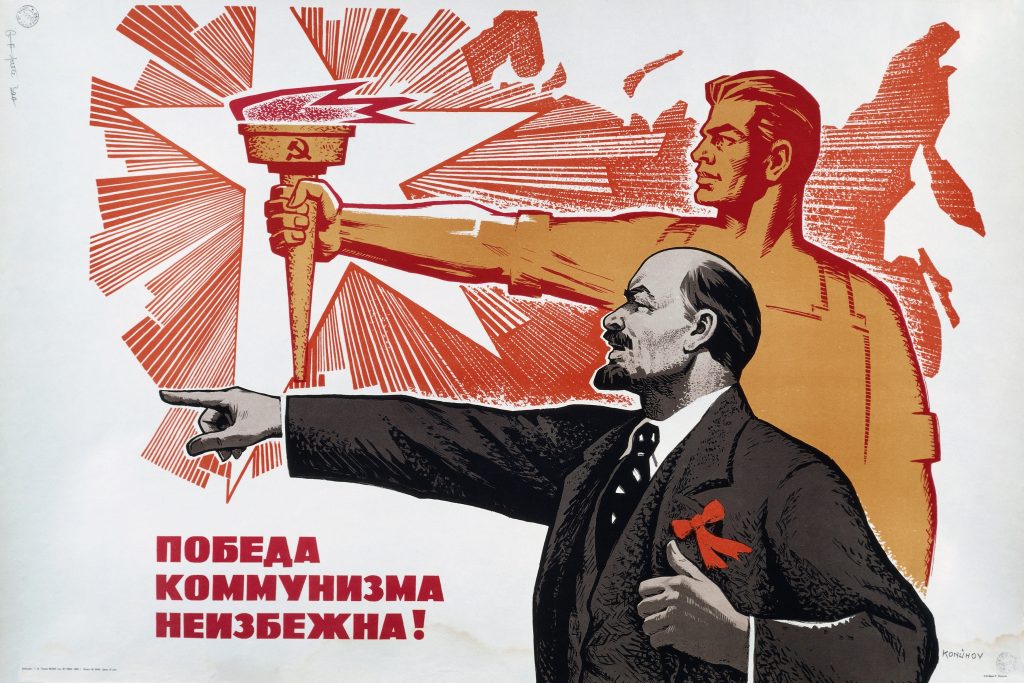
Education System
A report titled “Soviet Youth Indoctrination” (1975) linked to the U.S. Department of Commerce’s National Technical Information Service and the Air Force Institute of Technology, written by Thomas Nelson Moe, B.A., Captain, U.S.A.F., extensively analyses the methods and implications of indoctrination used on the youth in the Soviet Union.
Emphasizing youth indoctrination, the document states that attitudes instilled at an early age are more naturally adhered to than those imposed during adulthood. The consistent ideological line, influenced by cultural and ideological factors, fostered a form of militaristic patriotism. Due to its long-term nature, these effects are hard to reverse.
The document suggests that the growth of Soviet global strength was uncomfortably tied to this kind of indoctrination. It hints that future changes in Party dominance might be less significant than the enduring effects of the Party’s indoctrination legacy. Nonetheless, it also acknowledges that human demands and weaknesses may impede the indoctrination program’s goals.
School curricula were designed to indoctrinate students with communist ideology from a young age, portraying the USSR and its leaders in a heroic light.
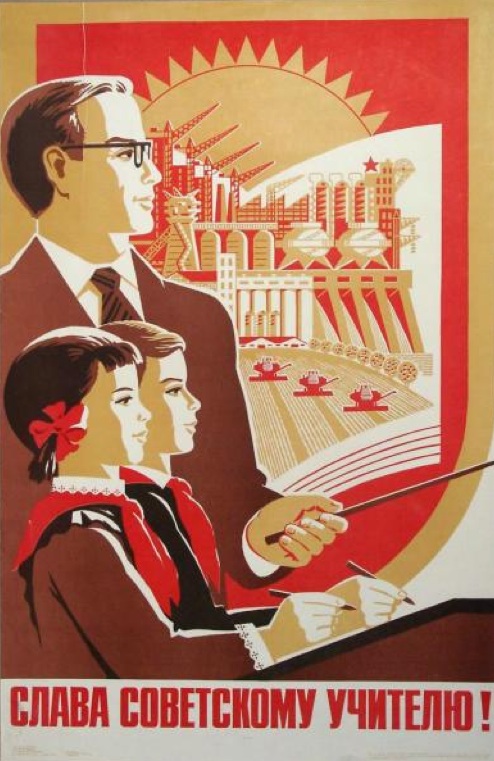
Cultural Propaganda
Literature, theater, music, and film were heavily influenced by state ideologies, a practice known as socialist realism. The arts were used to inspire workers and promote Soviet ideals.
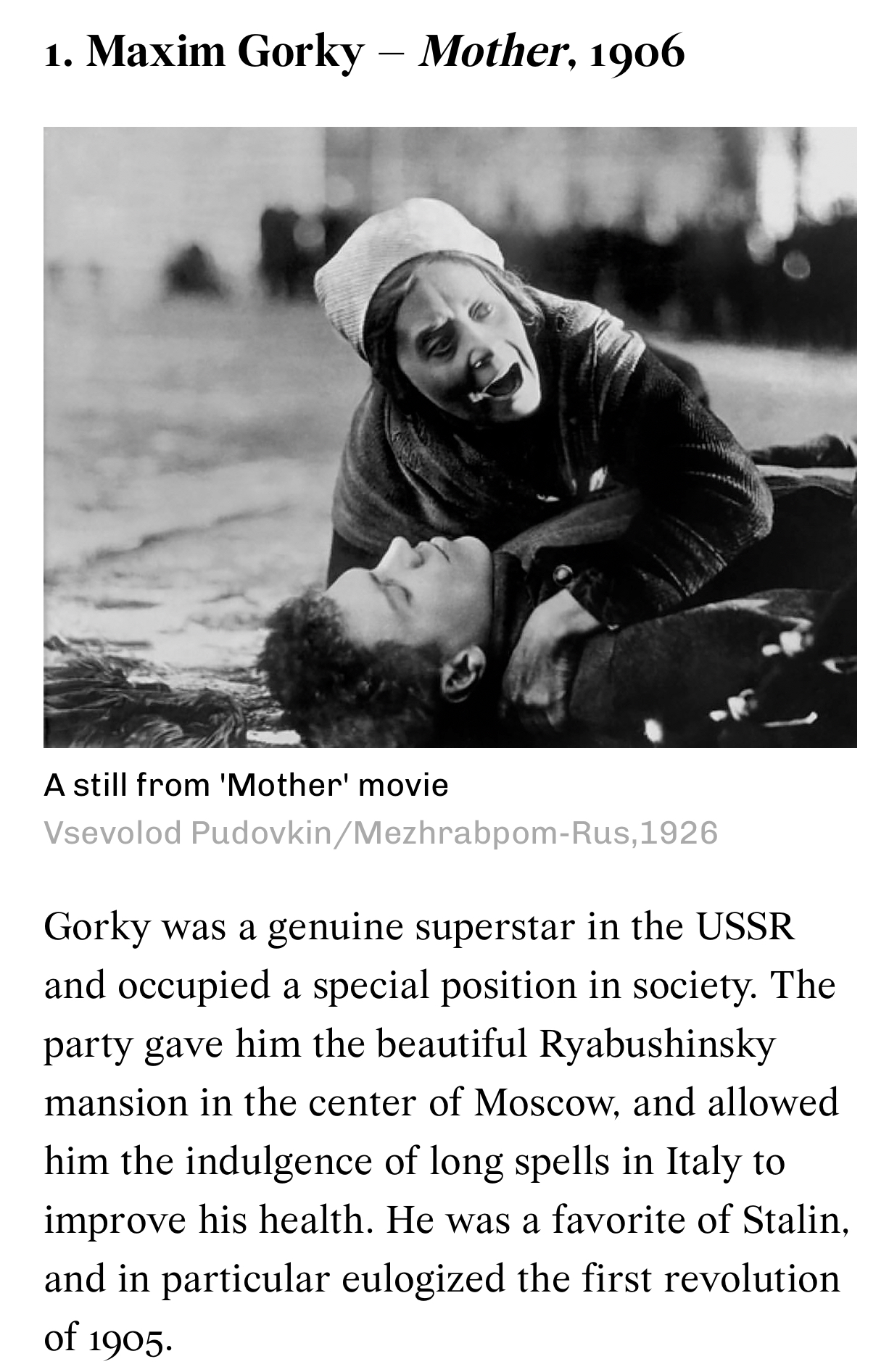
Political Posters and Art
Visual propaganda was ubiquitous, with posters depicting Stalin and other leaders as paternal figures, and workers as happy and healthy, contributing to the collective success of the state.
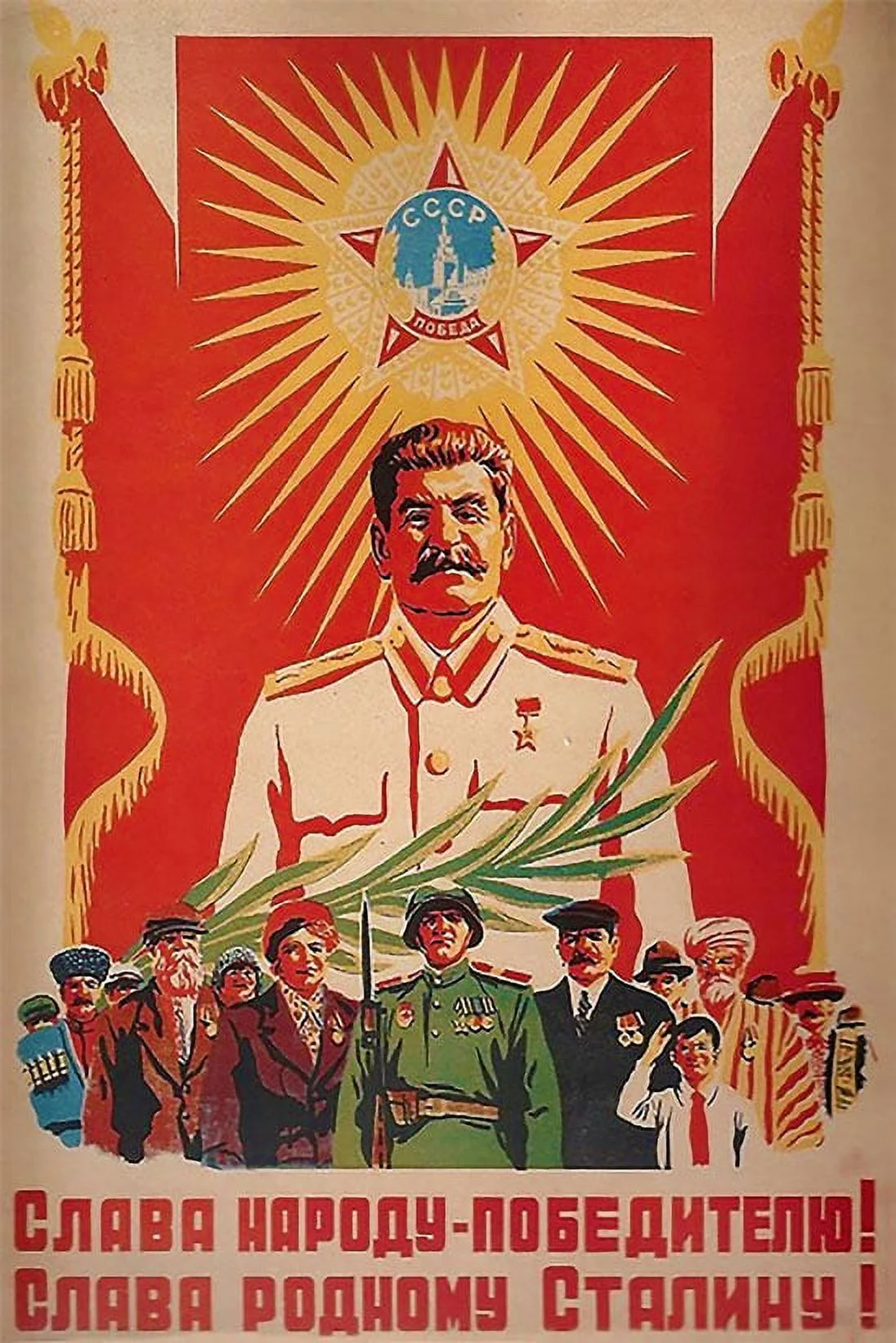
Rewriting History
The USSR often revised historical facts to suit its narrative, glorifying its victories and erasing or downplaying its failures or the roles of non-Soviet actors in history.
Personality Cults
Leaders like Stalin and Lenin were the focus of intense personality cults, presented as infallible heroes. Their images and quotes were everywhere, reinforcing their larger-than-life status.
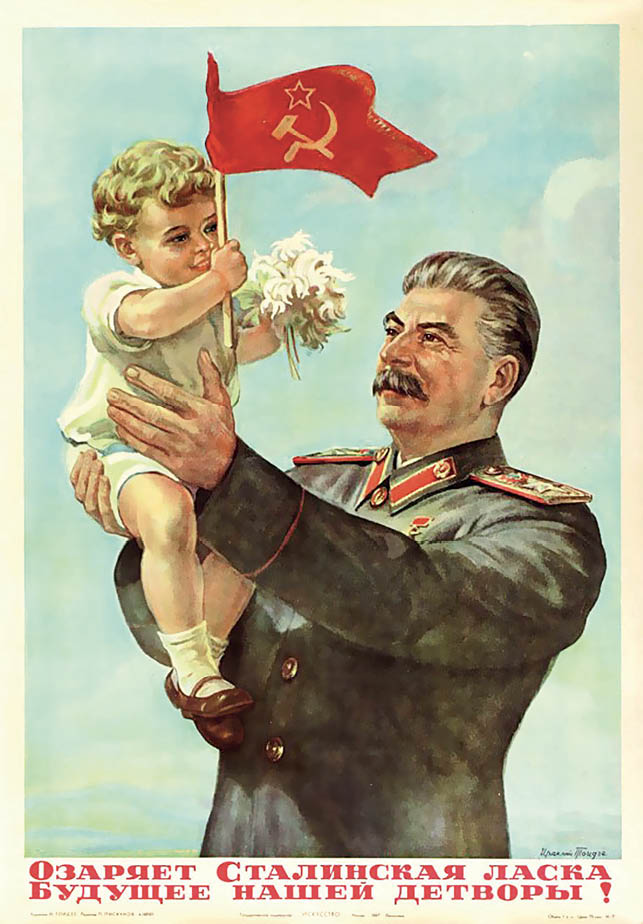
International Propaganda
The USSR projected its image abroad through various means, including sponsoring pro-Soviet groups, broadcasting Radio Moscow internationally, and inviting leftist intellectuals to see "model" Soviet institutions.
Demonizing Opponents
The West, especially the United States, and internal enemies were depicted as imperialistic and evil, intent on destroying the Soviet way of life.
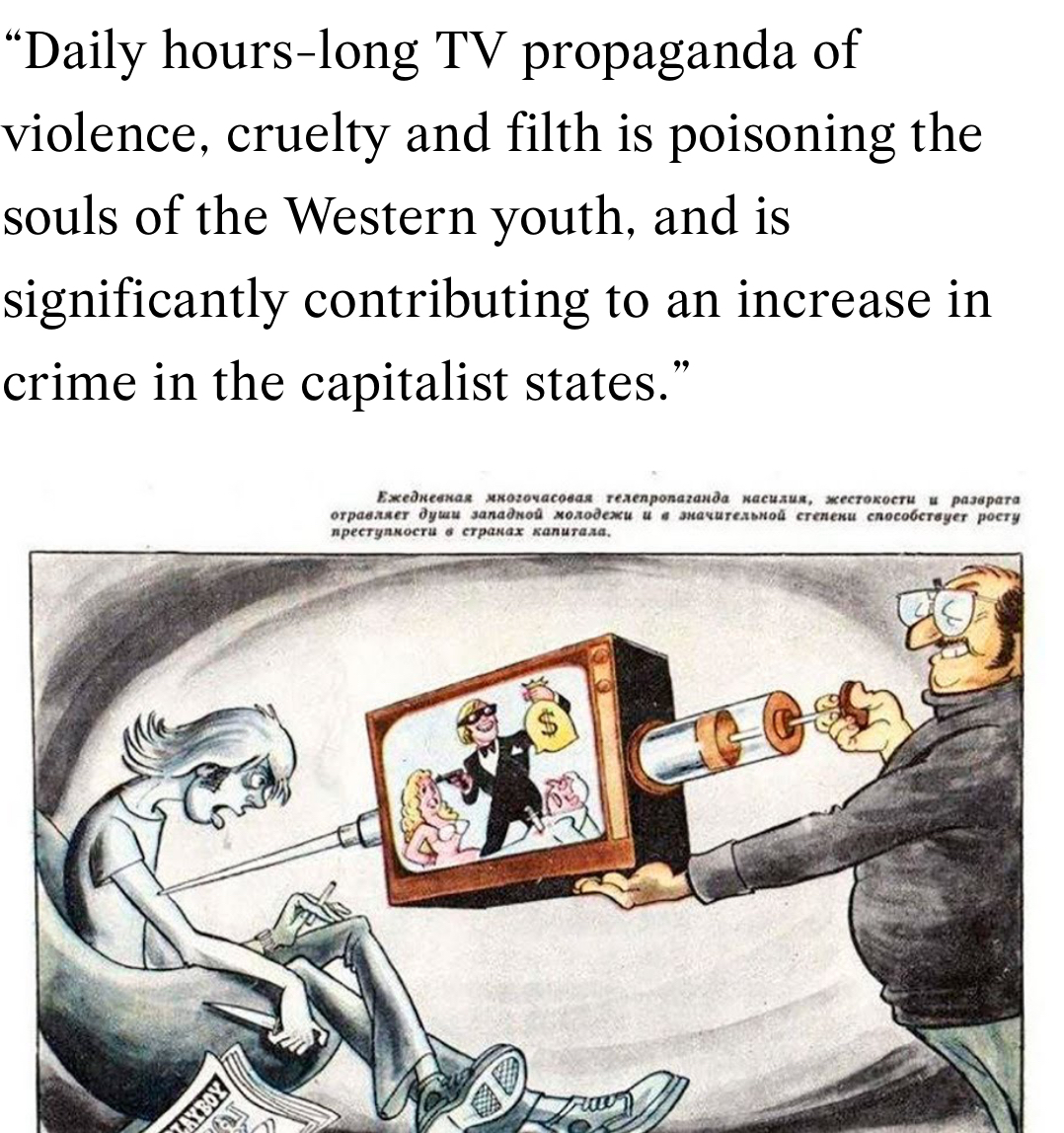
Heroic Narratives
Stories of heroic Soviet workers, soldiers, and citizens were common, and were 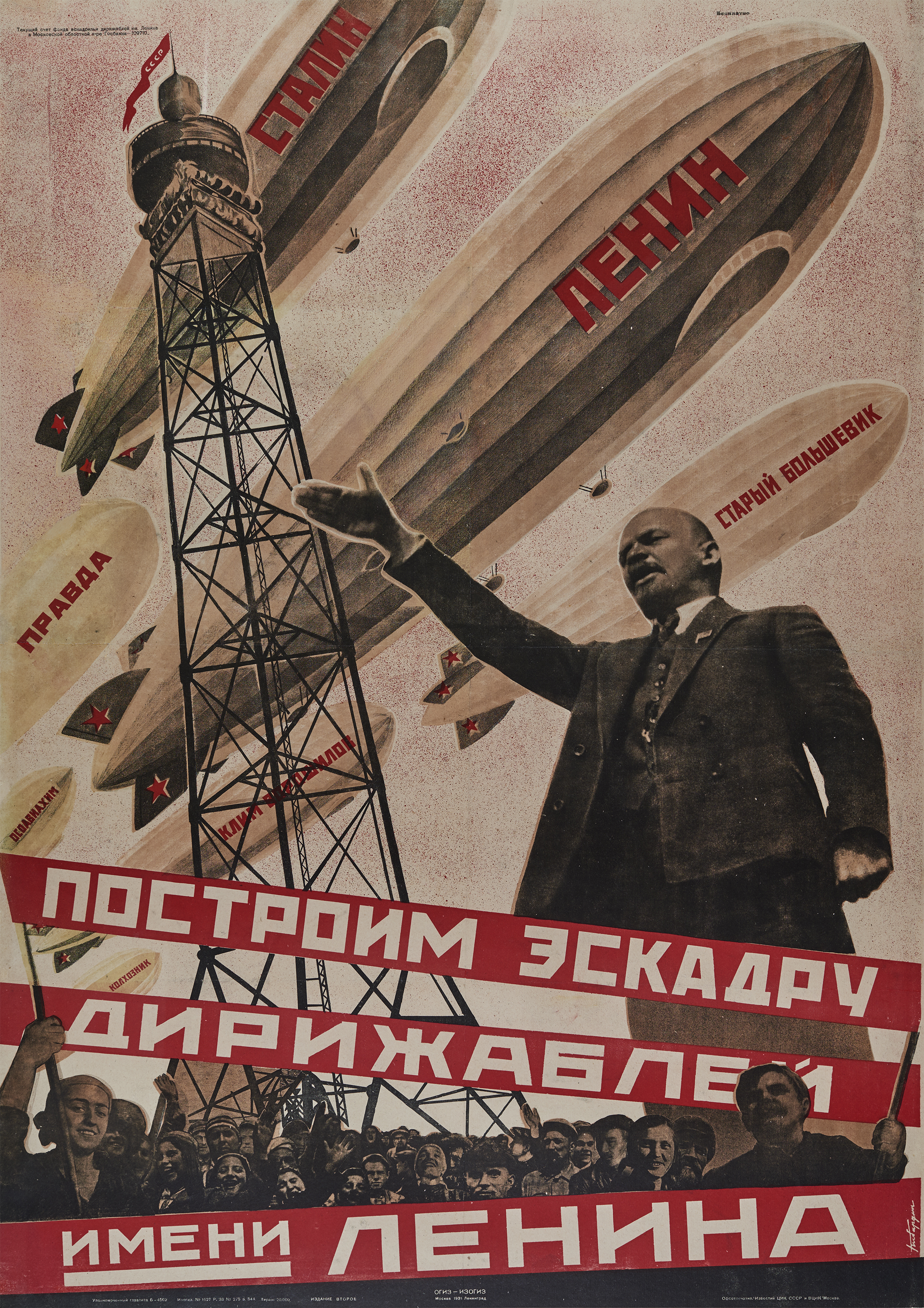 meant to inspire patriotism and the collective spirit among the population.
meant to inspire patriotism and the collective spirit among the population.
Propaganda of Success
The USSR often exaggerated or fabricated stories about its industrial achievements, agricultural success (despite famines), and scientific advancements (notably the space race) to promote the superiority of the socialist system.
Soviet propaganda was an all-encompassing part of life, seeking to saturate the public sphere with images, narratives, and messages that would foster loyalty to the state and adherence to communist ideology.
USSR propaganda vs. Post-1989 Russian propaganda
As we’re going further, we realize that the Kremlin has long spread disinformation and propaganda to achieve its objectives. Even if the USSR collapsed in 1989, Russia continues to disseminate lies.
Recently, it has ramped up its propaganda to justify its unprovoked, unjustifiable invasion of Ukraine.
RAND researchers have characterized Moscow's approach to propaganda as “the firehose of falsehood” because of two distinctive features: high numbers of channels and messages and a shameless willingness to disseminate partial truths or outright fictions.
In some ways, Russian propaganda of today builds on Soviet Cold War–era techniques, emphasizing obfuscation and getting targets to act in the interests of the propagandist without realizing that they have done so. In other ways, it is completely new, having evolved with the rise of the internet, social media, and the changing landscape of journalism.
According to RAND, the contemporary Russian model for propaganda represents "the firehose of falsehood" because of two of its distinctive features: high numbers of channels and messages and a shameless willingness to disseminate partial truths or outright fictions. In the words of one observer, "New Russian propaganda entertains, confuses and overwhelms the audience."
Contemporary Russian propaganda has at least two other distinctive features. It is also rapid, continuous, and repetitive, and it lacks commitment to consistency. Interestingly, several of these features run directly counter to the conventional wisdom on effective influence and communication from government or defense sources, which traditionally emphasize the importance of truth, credibility, and the avoidance of contradiction.
Modern Russian propaganda distinguishes itself through its expansive and diverse media outreach, utilizing an array of platforms to disseminate its narratives. This propaganda spans from traditional media to the dynamic realm of digital spaces, including social media and various websites. The content is typically delivered in a relentless stream, marked by rapidity and incessant repetition, which serves to ingrain the desired messages in the collective consciousness. Moreover, this form of propaganda often eschews a steadfast adherence to factual accuracy and consistency in its messaging.
The potency of this propaganda is heightened by its voluminous presence across various sources, lending an illusion of credibility due to the perceived corroboration. The human psyche tends to perceive repeated information as more familiar and thus more credible, which explains the efficacy of the repetitive nature of these messages.
Integral to the strategy are internet trolls, who operate on social platforms such as Twitter, Facebook, and Vkontakte, often around the clock, with the goal of saturating the digital dialogue with their prescribed viewpoints. Notably, RT (formerly Russia Today), with its substantial funding and broadcasts in numerous languages, professes to be the predominant news outlet on the internet. However, it is crucial to recognize that beyond official channels like RT, a multitude of proxy sites also convey Russian propaganda, albeit with obscured connections to their origin.
Reports from The Guardian highlight orchestrated efforts to steer online discussions and comments towards pro-Russia stances, extending to the manipulation of public opinion as reflected in online polls regarding contentious issues like sanctions.
In the buildup to the 2016 US presidential election, a "troll factory" with a dedicated budget was implicated in attempts to sway the electoral discourse. This establishment, among others, persists in enlisting individuals under the guise of nationalist sentiment to support Russia's geopolitical endeavors.
The topic of trolls will be discussed more thoroughly in a future article.
Disclosures from former operatives paint a vivid picture of these propaganda machines: their relentless operational hours, the cultivation of false personas, and the production of divisive content, including incendiary memes. Compensation for these activities varies, with certain reports indicating substantial remuneration for the propagation of anti-Western sentiment.
There is evidence that these entities utilize platforms like Telegram for recruitment and coordination, and TikTok to broadcast their messaging through influencers. Additionally, it has been revealed that Russia financially incentivizes public figures, journalists, and politicians in various countries to propagate its perspectives.
Language as a tool for manipulation
The Kremlin strategically manipulates language to shape perceptions of its military actions in Ukraine, deliberately avoiding the term “war” and enforcing its exclusion from Russian media discourse and everyday language. This linguistic prescription extends to international reporting, where vague references to the “Ukraine crisis” or “Ukraine conflict” are commonplace, thereby muting the gravity of Russia’s aggression. The anachronistic phrase “THE Ukraine,” a relic from the era of the Soviet Union, is still promulgated by Russian officials, subtly undermining Ukraine's recognized independence. Such calculated language choices are designed to influence public understanding and opinion, subtly aligning with the narrative of Russian propaganda that seeks to conceal the reality of Ukraine's sovereignty and the infringement upon it by the Russian Federation.
In Russia, the Kremlin is infusing its state curriculum with propaganda, compelling educators to adhere to and disseminate its narratives. This governmental influence is manifest in the introduction of new history textbooks and basic military training for students, as reported by CBC News on September 7, 2023.
These textbooks present the Kremlin's perspective on historical and current events, including the ongoing military action in Ukraine, and portray Russia in a highly favorable light while casting suspicion on the West. Teachers are thus placed in a challenging position, with some attempting to subtly integrate open discussions about the real situation in Ukraine, despite the risk of criminal penalties for such acts of perceived defiance.
With the incorporation of military training into the curriculum for students in Grades 10 and 11, the educational system seems designed to groom the younger generation for support of the war and potential future conscription. Educators who disagree with these state-mandated directives or the war itself feel trapped due to the state's dominance over the education sector.
The Alliance of Teachers, an independent educators' union in Russia, notes that many of its contacts, who are teachers opposed to the war, are seeking ways out of the state education system, reflecting a broader unease among educators. Instances of teachers being dismissed or fined for criticizing the government, and parents being imprisoned for anti-war sentiments, highlight the risks of dissent in Russia's current climate.
President Vladimir Putin has personally contributed to this educational push, delivering lectures to students, where he emphasized Russia's historical and current might. The textbooks, some written by a Kremlin aide, omit any critique of Russia's actions and human rights abuses, instead depicting Ukraine as a nationalist state influenced by the West to undermine Russia.
Historians and educators, some of whom have chosen exile over complicity, have criticized the new curriculum and textbooks as toxic and aligned with Russian propaganda. The difficulty of the situation is acutely felt by both teachers and students, who are forced to choose between silent compliance or facing severe consequences for opposition.
To encapsulate it, the transition from Soviet methods to modern Russian tactics highlights the evolution of propaganda techniques, especially with the advent of digital media. Russia has adapted its strategy for the digital age while maintaining some of the traditional principles of Soviet propaganda.
The efficacy of Russian propaganda is predicated on its multi-channel distribution, the relentless and repetitive broadcasting of content, and a deliberate detachment from objective truth and consistency. This approach is made effective by exploiting psychological tendencies such as confirmation bias and the impact of seemingly authoritative cues on the perceived legitimacy of information.
While the tools and platforms have evolved, the core objective remains: to shape narratives in a way that bolsters the Kremlin’s strategic interests. From the pervasive influence on domestic education to the insidious reach into international media spaces, Russian propaganda exerts a potent force that seeks to rewrite history, recast the present, and influence the geopolitical future. Understanding this continuum of influence from the Soviet past to the Russian present is crucial for global audiences, policymakers, and educators alike as they navigate a world where information can be both a means of liberation and a weapon of control. The complexity and resilience of these propaganda efforts necessitate a vigilant and informed response to uphold the integrity of information and the foundational principles of an open society.
References:
https://journals.openedition.org/monderusse/8182
https://apps.dtic.mil/sti/pdfs/ADA025391.pdf
https://www.forbes.com/sites/katyasoldak/2017/12/20/this-is-how-propaganda-works-a-look-inside-a-soviet-childhood/?sh=269af8533566
https://the1a.org/segments/more-than-music-the-cultural-cold-war/
https://www.rbth.com/arts/331758-books-soviet-propaganda
https://www.google.com/amp/s/www.rbth.com/history/330953-how-soviet-propaganda-mocked-us/amp
https://www.britannica.com/topic/agitprop
https://www.rand.org/content/dam/rand/pubs/perspectives/PE100/PE198/RAND_PE198.pdf
https://nanovic.nd.edu/news/russian-propaganda-is-affecting-you-more-than-you-think/
https://www.cbc.ca/news/world/russia-schools-propaganda-1.6957957
Reply to Anitnelav
NAFO Public Education Forum

The purpose of NAFO-PEF is to engage in identifying and analyzing disinformation, formulating defensive strategies, and crafting proactive measures to counter and minimize its impact.
To support our efforts, you can check out our merchandise available on Buy Me a Coffee and our Bonfire Store. Every purchase directly helps fund the forum’s activities and our ongoing fight against disinformation.

